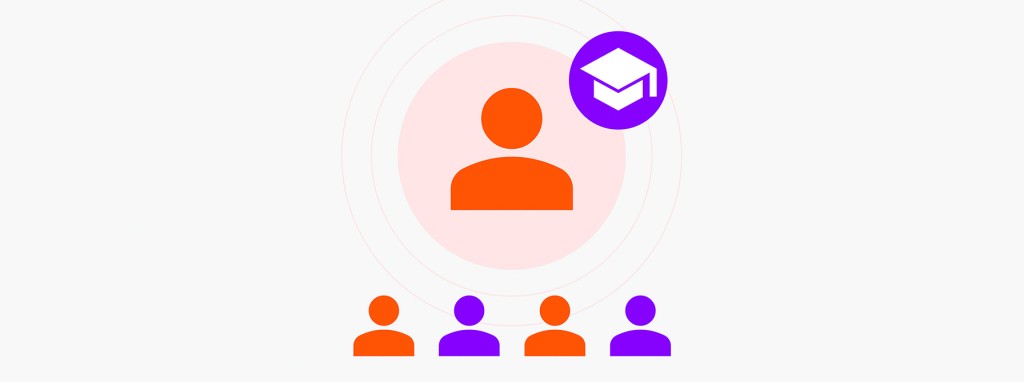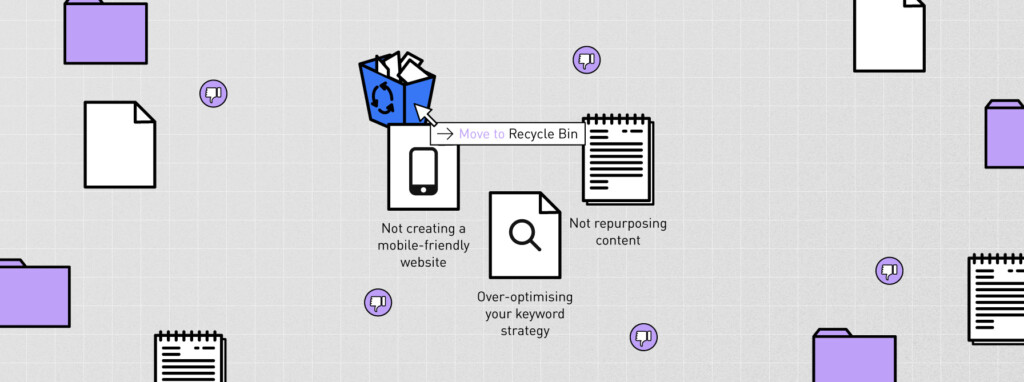Is your content performing as well as it should be? Are you losing traffic to your competitors? Your content marketing strategy is only as good as the audience it attracts. We explain why undertaking an SEO Content Gap Analysis is a vital step to ensuring your content is hitting the mark with your audience and getting you ahead of competitors.
What is an SEO Content Gap Analysis?
A content gap analysis helps you to understand your current content performance as compared to the actual goal of your content strategy. It allows you to benchmark yourself against your key competitors and highlights areas where your content could be performing better.
To undertake a content gap analysis you will need to use a good SEO tool to pull the required data. Consider investing in a tool like SEMRush; an all-in-one platform that we have previously highlighted as a great SEO tool for finance marketers and which is also perfect for this type of analysis. Other tools that would work equally as well include Ahrefs or Sistrix.
An SEO content gap analysis allows you to benchmark yourself against your key competitors and highlights areas where your content could be performing better.
SEO content gap analysis step 1: Setting the Scene
It can be tempting to dive straight in and start pulling out insights, but without a clear idea of what your goals are and who your audience is – this data can quickly become confusing. Answer some basic questions before you start:
- Who is your audience?
- Who are your main competitors?
- What existing content does your audience find to be of value? – use your analytics to review
- What questions will your audience want answered throughout their purchase journey?
Go into your gap analysis with a clear understanding of your user personas, how your existing content is performing for you and the type of audience you are looking to attract. This will enable you to actively use the content gaps you find to your best advantage.
SEO content gap analysis step 2: Benchmarking
Benchmarking will allow you to better understand how your content is performing against your competitors by reviewing which keywords your competitors are ranking for but you are not. This gives an indication of the content areas you should be investing more time in. Although different tools will do this in slightly different ways, the general aim is to better understand how much visibility you have compared to your competitors. For example, SEMrush’s Organic Competitors Report benchmarks by defining who your top competitors are and how many ranking keywords you have in common.
The below screenshot shows competitors for lendingtree.com, an online lending marketplace, and their percentage ‘competitor level’. The higher the ‘competitor level’, the closer a competitor that brand is likely to be as it has a higher number of crossover keywords. You can also see the number of common keywords you have with that competitor.

Mining this data will give you greater insight into who your strongest competitors are, where you aren’t ranking and where you have a lot of crossover. From there you can start to drill down to a more specific keyword/competitor level.
SEO content gap analysis step 3: Reviewing and Improving Existing Content
Using key competitors that you have identified both through your audience insights and those highlighted in your content gap analysis to date, you can prioritise and review existing content that is ranking but which could perform better. Focusing on 2 to 3 top competitors who are outranking you will help maintain a clearer focus as it’s easy to become overwhelmed by the amount of data these reports can pull.
SEMrush’s ‘Keyword Gap’ tool will help you to deep dive further into your top competitor analysis, reviewing your keyword ranking against theirs for your target keywords to highlight areas for improvement.

Use a combination of keyword search volume, current ranking, competitor ranking and audience insights to build out your content strategy – remember to balance out your priorities across updating existing content that could rank higher as well as creating new content to fill content gaps.
Pro tips:
Filter out brand keywords, typos, duplicates and/or keywords that are not a ranking focus for you so you are working to a clear list of target keywords.
Break out keywords are you are not ranking for vs keywords you are on page 2 or below for to determine the level of difficulty of your ranking goals.
Use Google Search Console to easily check if Title Tags & Meta Descriptions on target pages could be improved.
SEO content gap analysis step 4: Measuring Success
As you begin to put your new content strategy into place, don’t forget to track your success. Consider adding your target keywords to a rank tracker – all of the tools mentioned in this article have this in-built – so you can see the progress they are making. You’ll want to track this progress from before your updates if you are working on existing content, so aim to begin tracking as early as possible to get the best indicator of success.
Although we have used SEMrush to demonstrate how to approach a content gap analysis, any good SEO tool will be able to provide similar insights. Both Ahrefs and Sistrix provide a similar Content Gap report that allows you to undertake the same steps as demonstrated with the SEMrush examples; looking at both competitors and keyword opportunities.











